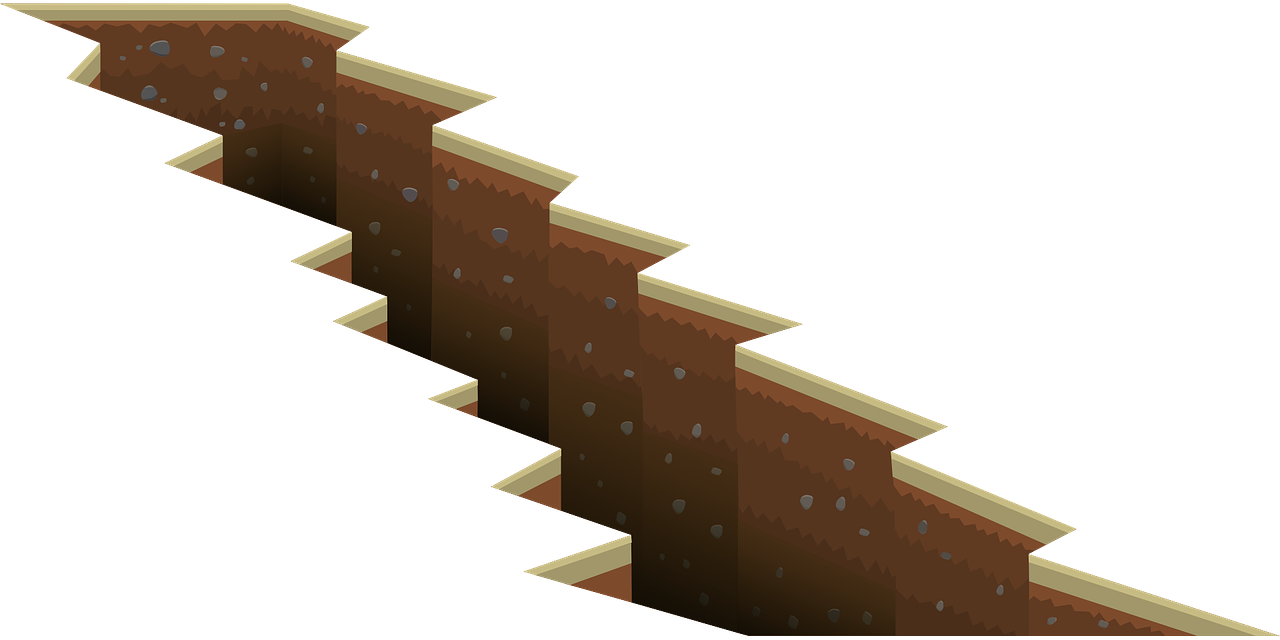
The vexatious litigant in Marriage of Deal (D1d3 Jun. 21, 2022) no. A164185 (nonpub. opn.) is not a very sympathetic figure. The ex-husband, Thomas Deal, having filed 12 appeals and seven writ petitions after his divorce proceedings years ago, continued filing meritless actions and appeals that made “implicit threats against various members of the California judiciary and the State Bar.” Thomas, the court observes, now “stands alone on the silent battleground rattling his saber.”
No surprise, then that the trial court declared him a vexatious litigant. And once a court declares a litigant to be vexatious, Code of Civil Procedure sections 391 and 391.7 prevent the litigant from filing new litigation without obtaining permission from the presiding judge.
So Thomas requested permission. And it was denied. And so Thomas, going for a baker’s dozen, filed his 13th appeal from the denial.
The Court of Appeal then did two things. One was not surprising. But the other was surprising.
Unsurprisingly, the court concluded the appeal was frivolous. Thomas raised already-litigated issues and without “an intelligible argument.”
But surprisingly, the court also held that the prefiling denial under section 391 is not an appealable order.
An prefiling order denying a vexatious litigant's request to file new litigation is not among the appealable orders listed in section 904.1. It is not a postjudgment order because the the order does not involve issues different from those underlying the judgment, and it does not involve enforcement to stay issues. (Lakin v. Watkins Associated Industries (1993) 6 Cal.4th 644, 651.)
Nor is the prefiling order an injunction or an order denying a motion to dissolve an injunction. (But see Luckett v. Panos (2008) 161 Cal.App.4th 77, 90 (Luckett) [prefiling order or order declining to dissolve a prefiling order under Code of Civil Procedure section 391.7 is appealable as an injunction or order denying a motion to dissolve an injunction].)
Finally, the court denied Thomas’s writ petition, and declined to treat the appeal as a writ petition.
The court concluded: “In sum, we conclude a trial court order denying a vexatious litigant's request to file new litigation under section 391.7 is not appealable. And without an appealable order, we must dismiss the appeal.”
I tend to share Prof. Shaun Martin’s take on this case:
“We don't generally let a single judge decide things once and for all without any right to review whatsoever. Yet that is precisely what the Court of Appeal's holding does here. A vexatious litigant prefiling order always reposes discretion in the presiding judge as to what future cases may or may not be filed, and the judge reviews those proposed filings and decides whether they should go forward. That decision is not immune from review. If the judge gets it wrong, the error should be corrected. That's the reason for appeals. And it's not a "piecemeal" appeal problem here. There's one order, then the proposed case is over -- it can't be filed and prosecuted as proposed. That's an appealable order, in my view.”
The prefiling order under section 391.7 should have been found appealable as an injunction: “a prefiling order against a vexatious litigant meets the definition of an injunction.” (Luckett v. Panos (2008) 161 Cal.App.4th 77, 90.)